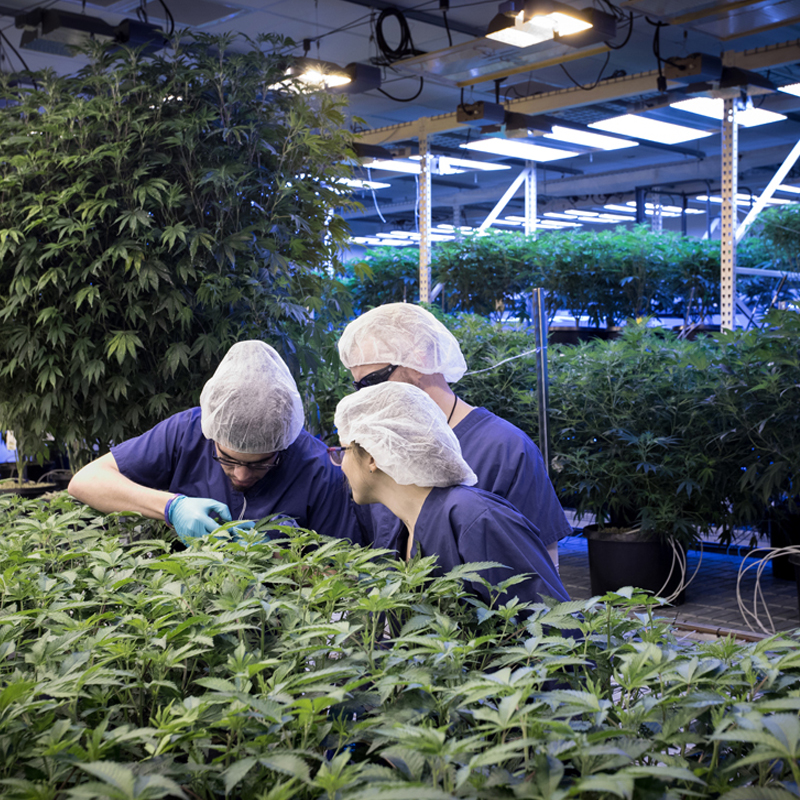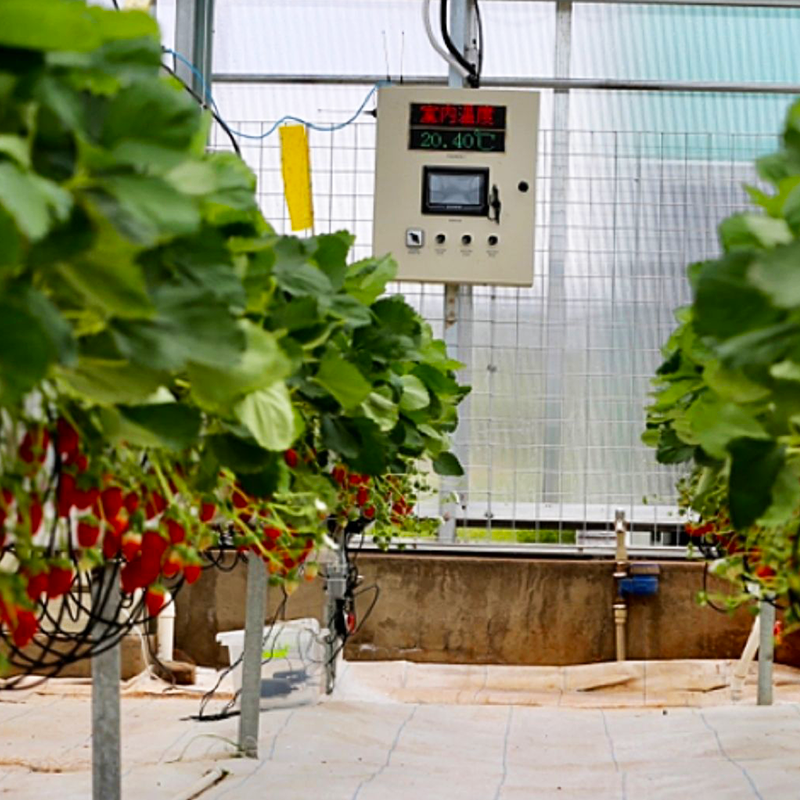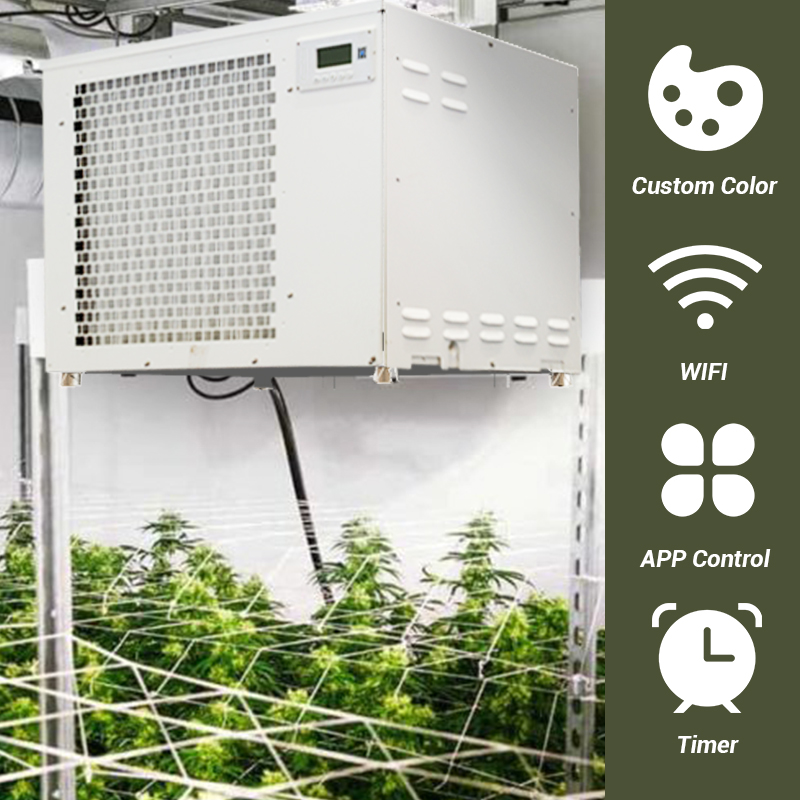Greenhouse cultivation refers to a cultivation method of horticultural crops. Warm keeping, heating, light transmission, and other equipment (such as cold beds, hotbeds, greenhouses, etc.) and corresponding technical measures shall be used to protect the thermophilic plants from cold weather, and promote growth and early flowering and fruiting. Greenhouse cultivation began in France at the end of the 17th century. At that time, it mainly cultivated fruit trees such as citrus, and later expanded to grapes, peaches, strawberries, and other species.
Modern greenhouses generally cover a large area and are often of multi-span structure. Heating, cooling, lighting, shading, ventilation, dehumidification, irrigation, fertilization equipment, and carbon dioxide generators are installed in the greenhouses to regulate the internal environmental conditions for better growth and development of plants.
Advantages of Greenhouse Cultivation

1. Expand the cultivation scope of improved varieties and extend the growth period and fresh fruit supply period. The growth period can be greatly prolonged by greenhouse cultivation. The effective accumulated temperature is increased, and unfavorable factors such as frost-free periods and absolute low temperatures are overcome. Plants that require a long growth period, high effective accumulated temperature, and high safe overwintering temperature can grow in alpine regions.
2. Early bearing, high and stable yield. The greenhouse can effectively resist the harm of low temperature, rainfall, and strong wind that are often encountered in open field cultivation, so it can ensure smooth pollination and fertilization, improve the fruit rate and fully develop the fruit. In addition, the fruits have a longer period of nutrient accumulation after harvest, which is more conducive to the maturity of branches and buds and lays a good foundation for continuous high and stable yield.
3. Quick results and high economic benefits. The greenhouse can realize the real-time supply of fruits, making up for the off-season of the market.
Restrictive Factors of Greenhouse Cultivation
1. Low light intensity. Generally, the incident light in the greenhouse is only about 40% - 50% of the natural illumination. The amount of incident light is small, which is not conducive to the photosynthesis of plants and affects normal growth, development, yield, and quality.
2. Large temperature difference, and uneven temperature distribution. As the greenhouse is in a semi-closed state, high temperatures sometimes occur. In general, on a windless sunny day, a high temperature of 40-50℃ or even higher is likely to occur in the greenhouse, far exceeding the critical temperature for plant growth and development. Moreover, in a greenhouse, the temperature difference between day and night can sometimes reach 20-30℃.
3. The relative humidity of the air is high. Because the soil water content in the greenhouse is always kept at a high level, the ground evaporation is large, and the transpiration of plants is strong, the greenhouse often has high humidity conditions rarely seen in the open field.
Humidity Requirements for Some Plant Growth

The relative humidity required for citrus growth is 75%, and the relative soil moisture content is 60% - 80%. When the soil moisture content reaches 20%~40%, the growth of peach trees is the best. The relative humidity of virgin fruit growth is 45%~50%, and the soil moisture content is 60%~70%. The relative humidity required for pear tree growth is 60%~80%.
Cherry growth also requires humidity. The relative humidity at the flowering stage is kept at 40%~60%. The relative humidity was controlled at 60% during fruit expansion. The relative humidity shall be controlled at about 50% from the coloring stage to the mature stage.
Humidity control is also essential for cannabis cultivation, which has emerged in recent years. Too much humidity will cause mold to destroy the plant. It is necessary to install a dehumidifier and a humidifier in the greenhouse to achieve humidity balance. The relative humidity during the growth period should be 50% - 70%, and the relative humidity during the flowering period should be 50% - 60%.
Preair Dehumidifiers for Greenhouse
Preair PRO and ZETA series dehumidifiers are the best choices for greenhouse dehumidification. Those series of machines have high dehumidification capacity, can be installed in a concealed way (ceiling mounted, attached to the wall, or placed on the ground), can be intelligently controlled, and monitor the indoor humidity level in real-time during use. The machine can be adjusted according to the best humidity range for plant growth, which can help the grower obtain the maximum economic benefits. If your greenhouses are not equipped with professional dehumidifiers, Preair strongly recommends that you bulk buy high-efficiency and energy-saving greenhouse dehumidifiers to ensure your harvest. According to all the information and requirements you provide, we will offer you a professional greenhouse dehumidification scheme.
Preair Dehumidifier Applied in Cannabis Grow Room
Post time: Dec-13-2022






